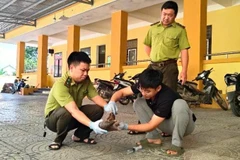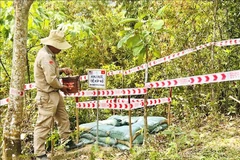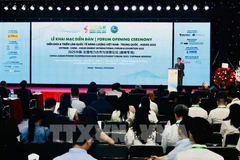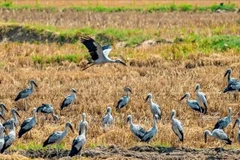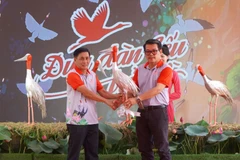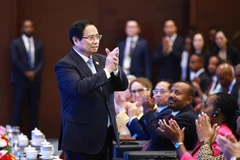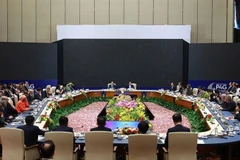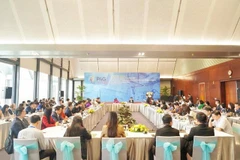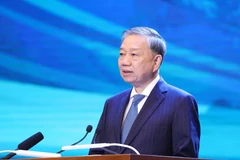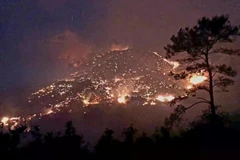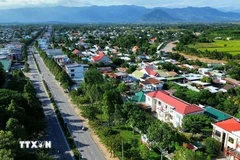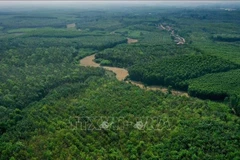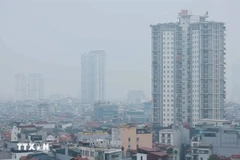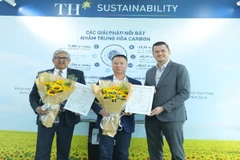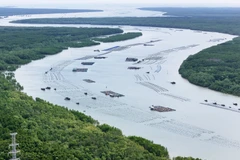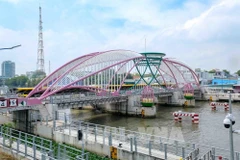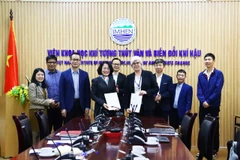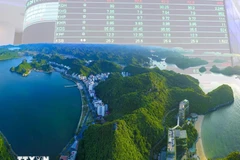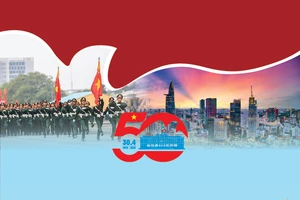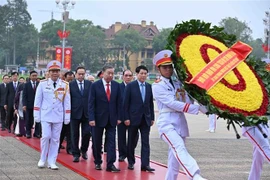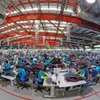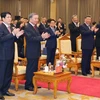The biodiverse 10,048-ha park is hometo 1,268 species of flora and fauna. The site earlier was recognised asan ASEAN Heritage Park in 2004.
As summarised by Marian Gwilliam,Regional Assistant Advisor for Asia-Oceania, Ba Be National Parksupports the only significant natural mountain lake in Vietnam and isthe most important wetland in the country's protected area systembecause it is the only site that has a natural lake surrounded by amountainous karst ecosystem.
Ba Be National Park is the thirdWetland of International Importance in Vietnam, joining the Xuan ThuyNational Park in Nam Dinh Province and Bau Sau in the Nam Cat TienNational Park across the provinces of Dong Nai, Lam Dong and Binh Phuoc.
Accordingto director of the Ba Be National Park, Nong The Dien, the decisionwill mean that the site will join an international network of wetlandsthat are important for the conservation of global diversity.
TheConvention on Wetlands - known as the Ramsar Convention - is anintergovernmental treaty that embodies the commitments of its membercountries to maintain the ecological character of their Wetlands ofInternational Importance and to plan for the "wise use", or sustainableuse, of all of the wetlands in their territories.
Vietnam first participated in the Ramsar Convention in 1989./.
